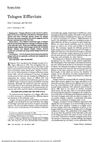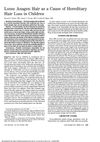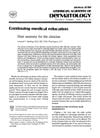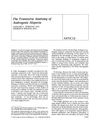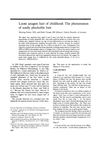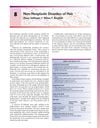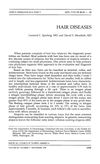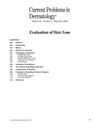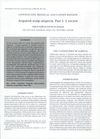Histopathology of Non-Scarring Alopecia
April 1995
in “
Journal of Cutaneous Pathology
”
non-scarring alopecia alopecia areata androgenetic alopecia senescent alopecia telogen effluvium trichotillomania traction alopecia pressure-induced alopecia syphilitic alopecia systemic lupus erythematosus-related alopecia temporal triangular alopecia loose anagen hair syndrome miniaturized hair follicles increased telogen count perifollicular inflammation hair loss pattern baldness aging-related hair loss stress-related hair loss hair-pulling disorder traction hair loss pressure hair loss syphilis-related hair loss lupus-related hair loss triangular alopecia loose hair syndrome small hair follicles more hair in resting phase inflammation around hair follicles
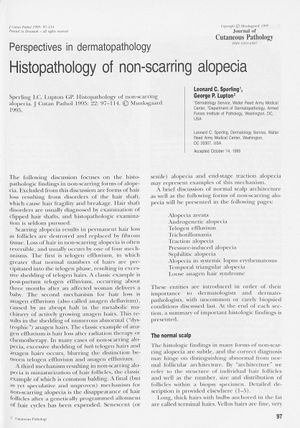
TLDR The document describes how to tell different types of non-scarring hair loss apart by looking at hair and scalp tissue under a microscope.
The document from 1995 provides a comprehensive overview of the histopathological features of non-scarring alopecia, including alopecia areata, androgenetic alopecia, senescent alopecia, telogen effluvium, trichotillomania, traction alopecia, pressure-induced alopecia, syphilitic alopecia, systemic lupus erythematosus-related alopecia, temporal triangular alopecia, and loose anagen hair syndrome. It highlights the importance of recognizing normal versus abnormal follicular architecture for diagnosis and describes the typical histological findings for each condition, such as the presence of miniaturized hair follicles, increased telogen count, and perifollicular inflammation. The document also notes that in non-scarring alopecia, the total number of hair follicles is usually normal, but there may be changes in the hair cycle phases or follicle size. It emphasizes that inflammation is not always diagnostic due to its presence in normal scalps. The document does not provide specific data on the number of people studied and acknowledges Purnima Sau for contributing histologic material. The views expressed are those of the authors and not the official views of the U.S. Army or the Department of Defense.

